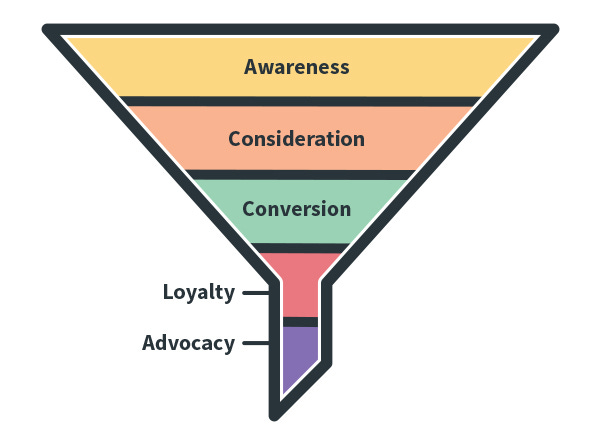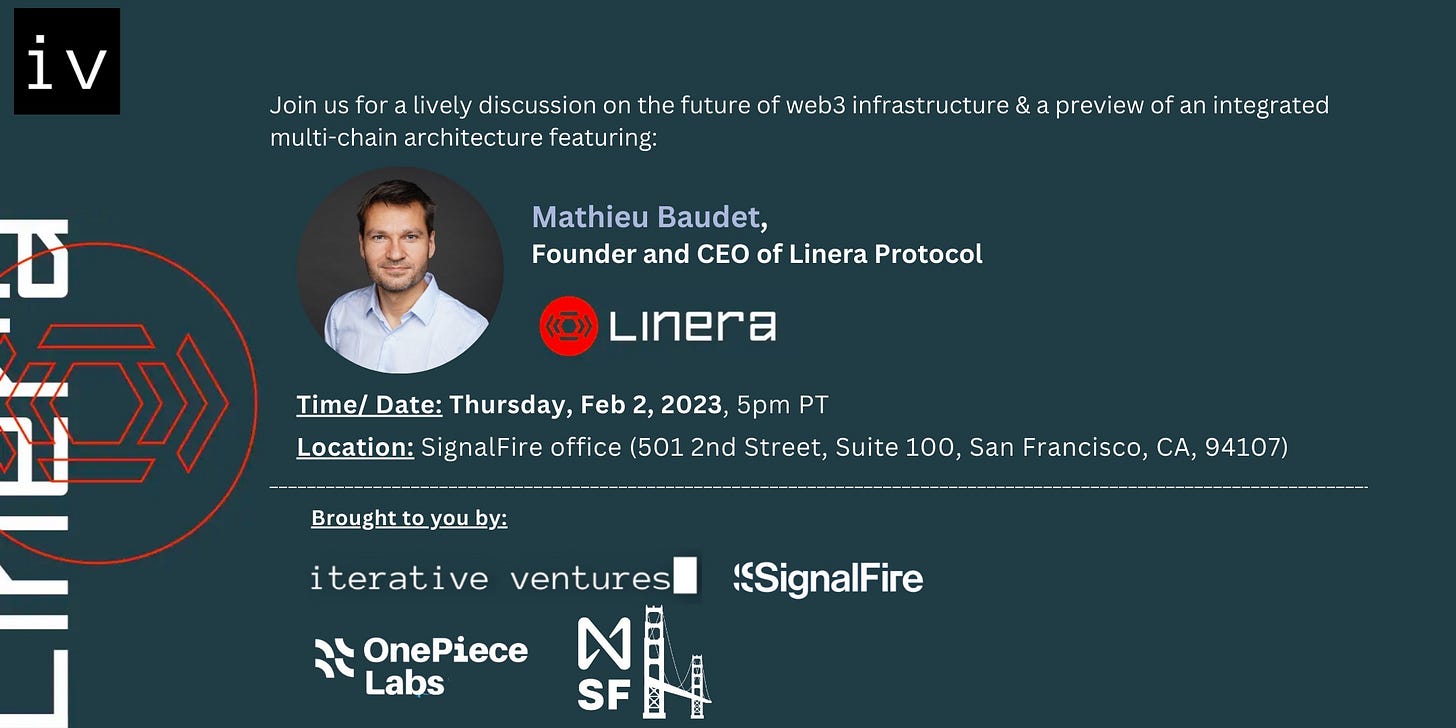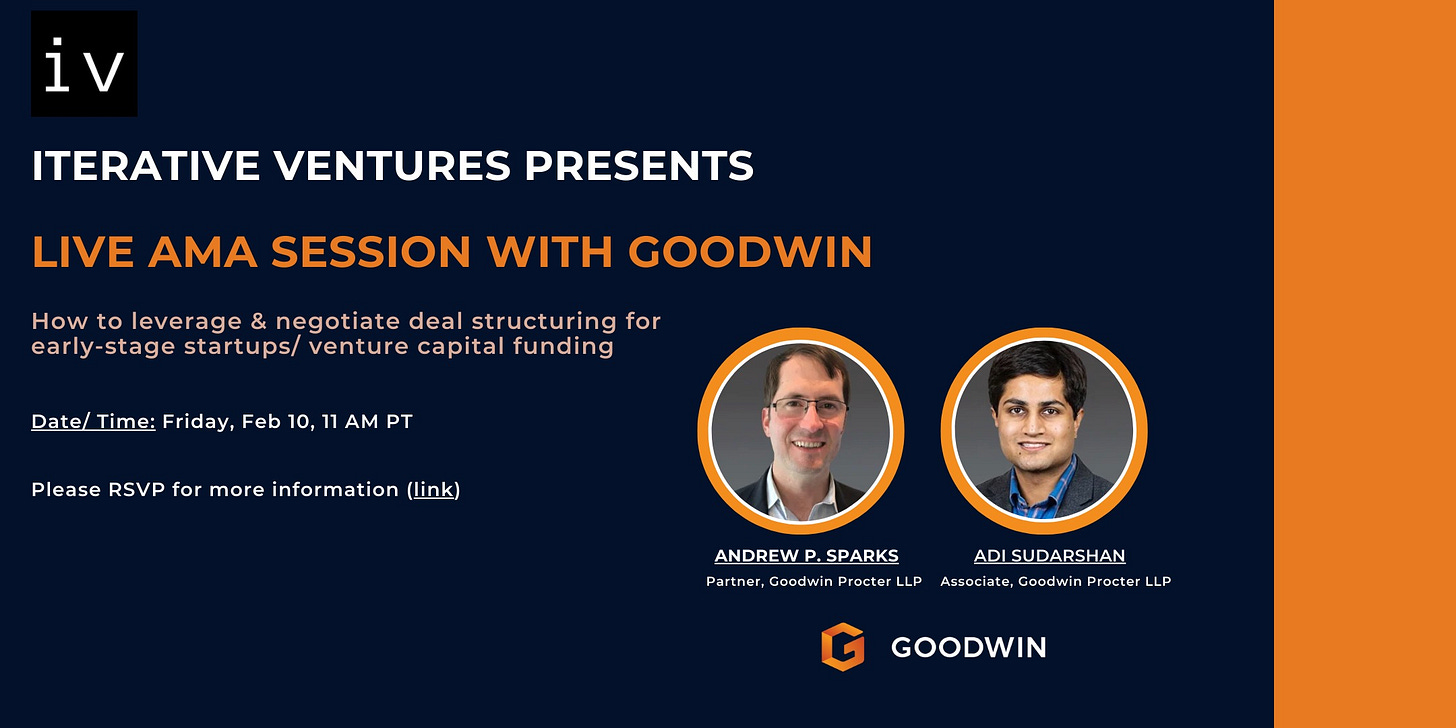Ecosystem building for infrastructure companies
"Great things in business are never done by one person. They're done by a team of people." - Steve Jobs
Iterative Ventures is a web 3 investment fund & community with the aim of supporting digital asset adoption. We have a focus on infrastructure and technology owing to our technical background.
Please reach out (team@iterativeventure.com) if you would like to learn more or collaborate, including being featured in our community events/ media outlet.
Follow us on Twitter to get the latest update!
Building an ecosystem is to build a network effect
One of the most important things in starting a business is to know who you serve - like how I need to know who I am writing for (current and prospective founders). This is no different for an infrastructure company, be it centralized or decentralized, where the customers are developers.
A strong ecosystem and community can sustain the growth of an infrastructure company through the proliferation of diverse portfolio services. This is one of the reasons why there seem to be new wallets, analytics tools, etc (e.g., Etherscan in Ethereum) popping up all the time in new chains and protocols - so that other companies in the ecosystem can easily integrate and benefit from such services
Akin to social media, games, etc., this is the network effect needed to build a strong defensibility for any infrastructure company.

How to work with developers
This section will talk about the human factors involved in working with developers and how to grow the community. This is an area where I get a lot of questions from early-stage founders building technical platforms/ applications.
The technological factor is obvious: be disciplined in new offerings, including SDK, functionalities, capabilities, etc., that suit your customer’s need. (What’s their need?)
Discovery Phase (Top Funnel)
As a former developer, one of the most important ways that I, along with a lot of other developers, discover new technologies is to search through Medium blogs and GitHub and understand an underlying technology’s capability.
This is usually driven by the need to develop interesting and new tools and so, as a developer, one can also showcase what he/ she can build to reinforce clout in the developer community (which goes hand in hand with writing blogs).
Another way to discover technology is through the people that I follow on social media. ChatGPT has done a great job as of late in marketing its technology via word of mouth. Twitter was blanketed with ChatGPT conversation starting in November last year.
Thus, working through word of mouth and identifying influencers in the developer community, is an important marketing channel.
Onboarding funnel (Middle funnel - conversion)
Once I discover the said technology and develop beyond just a prototype, I typically follow up by reading documentation to understand further what I can and can’t do.
In this, the easier it is to understand the documentation (concise and plain language are the best), the better it is for developers to understand.
You can almost think of this as a conversion funnel (like in ad tech), where the difficulty of your documentation is akin to the friction presented for a developer to either onboard or not.
Thus, writing a comprehensive, logically laid out, and concise instruction manual can increase the adoption rate of a, otherwise complex, technology.
Mentorship and community (Retention)
As anyone entering into a new field, having a mentor is how to improve skills quickly. Conversely, having no mentor and shooting in the dark can oftentimes lead to discouragement and burnout.
So how do you keep the developer churn low? (By being there for them, of course.)
In my career as a developer, the best way I’ve learned was to pair programs with someone more senior than I am and constantly communicate on how we can improve upon the code base and better ways to organize code and infrastructure services so as to achieve modularity, scalability, etc.
Thus, to build an ecosystem, it is important for the core team to adopt an open mentality to teach as it is how to mitigate developer frustration low.
The channels to do this include:
Tech blogs: Routinely showcasing examples of novel approaches to a problem using solutions provided by the underlying infrastructure. An example of this would be through Medium tech blog sections, where a bunch of community members and the core team routinely showcase their achievements.
Stackoverflow: Be diligent in answering questions in Q&A forums such as Stackoverflow. This usually provides me with the starting point on how I should be investigating an issue deeper.
Hackathons: In-person events typically bring people closer and form camaraderie. It’s not different for developers (no, seriously). Hackathons are great venues to engage developers as developers get to know the core team in person and thus form a closer bond than just interacting online. It also allows for the community to meet one another, who may otherwise only interact via Discord, Slack, etc.
Hackathons also typically have a time limit and thus are time-boxed ways for developers to hack out a project.

Who to manage your ecosystem
This week, I had an opportunity to catch up with Natalie Luu, the former head of ecosystem from Terraformation Labs and ex-Partner from Lightspeed Venture Partners.
According to Natalie, we first need to understand that there are different profiles of leaders in different stages to build and maintain a strong developer ecosystem:

The company stage section in the above chart is to help founders understand the priority of when each role should be onboarded in a company’s lifecycle.
Early Stage
In the beginning phase, where a company may not have grants to give and not as many relationships externally, it is important to foster a close relationship with developers.
This is akin to how a network usually grows where it usually starts from personal connections before expanding via word-of-mouth and marketing and branding.
Thus, the profile to look for here are technical and communicative folks who have an interest in evangelizing your technology and can mentor developers along the way.
Mid Stage
As your company grows, the initial developers that you’ve attracted and worked with will also grow. They’ll most likely need other services.
For example, beyond the initial prototype, some of the developers may have found enough traction to look for:
Funding
Incorporating a company
Marketing channels
Additional user acquisition channels
With the aforementioned points, you’ll want to hire someone who understands and can:
Work with VCs and investors who can provide the right service for your ecosystem
Find reputable legal services to help (integrate with your Discord, etc)
Work with bloggers, community leaders, and influencers
Create additional permutations and foster collaboration both inside and outside of your ecosystem
Late Stage
As your company and ecosystem mature, there will be no shortage of investors who will either want to invest in your community or invest in your ecosystem fund.
Pertaining to the operation of your ecosystem fund and grants program, it is important to hire someone who understands both the infrastructure company’s vision as well as project vetting to carefully select the project that can propel your infrastructure to the next level.
Not only will this make your infrastructure stand out (for example, Ethereum is known for DeFi through the proliferation of DeFi Apps), but you can also identify potential acquisition targets.
Final Note
Having been in Silicon Valley for the last 10 years and with a developer background, one of the foremost (if not the foremost) defining factors, that I have observed, in the life and death of a technology is its adoption.
It might sound obvious, but as a technologist, it is our tendency to fall in love with our solution when we put our heart into creating the technology and all we want to do is to dive in deeper and improve the technology.
It is also worthwhile to share your passion for your creation with the community so that more can share your vision to bring about mass adoption.
Keep iterating, and big thanks to Natalie for sharing her insights! 💪
Upcoming Events
2/2 - Fireside chat with Linera founder Mathieu (Nearly 100 sign-ups!) - RSVP
Mathieu was a research engineer from Facebook and has worked on the Novi team. After having done extensive research, Mathieu has decided to start Linera (you can read more here), which is backed by top VCs such as A16z (article here).
Time/ Date: Tue, Feb 2, 2023, 5 pm PT
Location: 501 2nd Street, Suite 100, San Francisco, CA (SignalFire office)
2/7 - Metaverse and Gaming Conversations and Demos - RSVP
[Partner event] Networking, Drinks, and Metaverse and Gaming conversations by Open Future Forum
Meet founders in the Metaverse and Gaming spaces and share what's new.
If you have made something cool to share in the Metaverse and Gaming space OR something made by someone else please, come and share / demo. It is in a bar, but please do feel free to bring your laptop to share.
2/10 - Intro to deal structuring with Andrew and Adi, Goodwin - RSVP
One of the pain points a first-time founder has to deal with is to understand the intricacies of a deal. What do you do, and how do you understand when you receive a term sheet from an investor? And/or how do you negotiate?
A16z wrote about this article a few months ago on the various deals and structures that can be offered.
We will have a talk about this with Andrew and Adi from Goodwin.
Time/ Date: Fri, Feb 10, 2023, 11 am PT
Virtual Event: a link will be available once you sign-up here
2/27 - Fireside chat with Evan from Mysten Labs / Sui - RSVP
This is a fireside chat with Evan at Mysten Labs to learn more about the Sui ecosystem. Sui is one of the premier next-generation parallel processing blockchains backed by A16z (read more here)
Time/ Date: Mon, Feb 27, 2023, 7 pm PT
Location: 44 E 3rd Avenue, San Mateo, CA (Draper University)
Interesting News
Have you heard of ERC-4626 Tokenized vault standard? Click here to learn more.
Why is this important?
This converts tokens deposited into a vault (ERC-20) into a new form of token (ERC 4626).
By doing so, you now have a standard way to tokenize asset under management.
Interesting Twitter thread here.
Capital demand outpaced supply in some cases by over 145% in Q4 2022. Overall, more than twice as much capital was requested than supplied.
Read more here.







